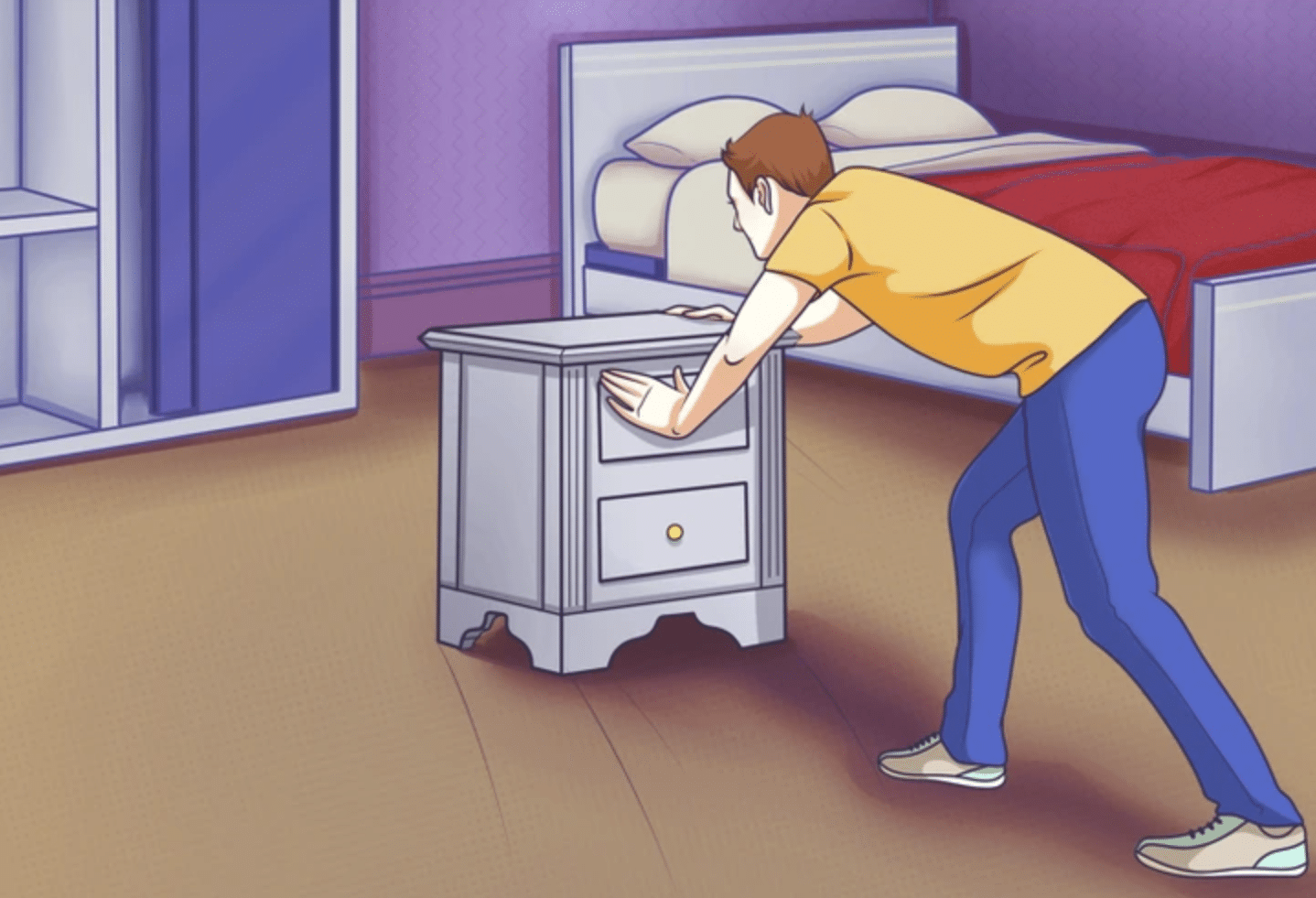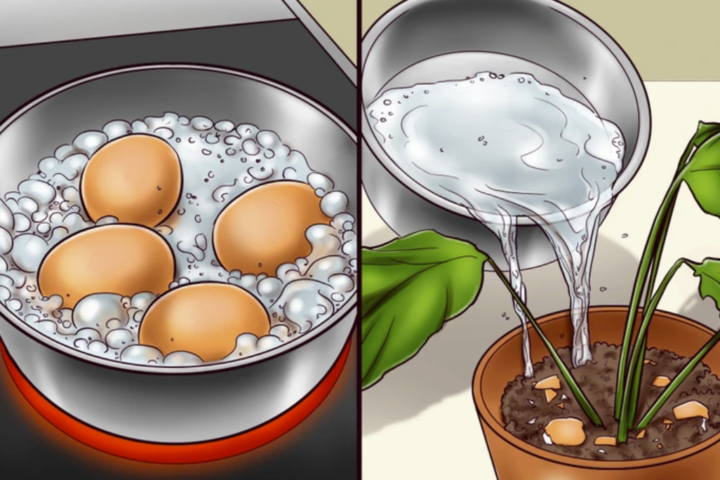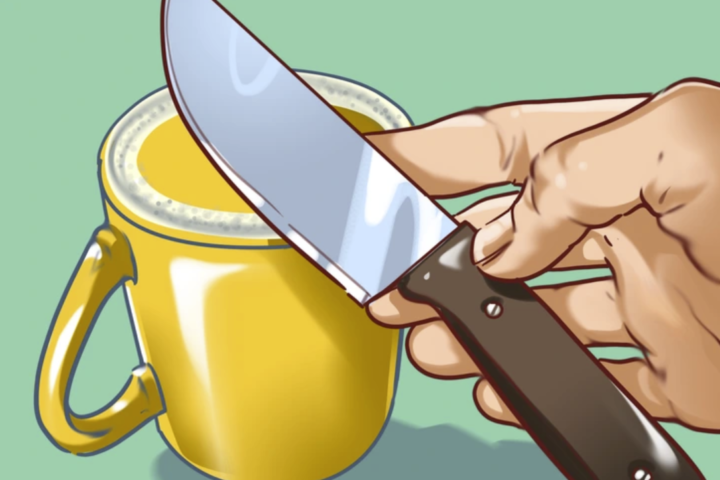Moving to a new home is often an exciting yet chaotic endeavor, filled with boxes, packing tape, and endless tasks. The process can quickly become overwhelming, with every detail feeling like a potential hurdle. But what if you could simplify this experience and turn it into a smooth, organized journey?
Imagine transforming your move with clever strategies that not only streamline the process but also protect your belongings and save time. In this guide, we’ll explore innovative moving hacks that go beyond the basics, offering creative solutions to make your transition as efficient and stress-free as possible. Get ready to revolutionize your moving day with these genius tips and tricks!
1. Use a Hairdryer to Remove Stickers and Labels
Removing stickers and labels from boxes, furniture, and other surfaces can be a frustrating and time-consuming task. Instead of scraping and risking damage, use a hairdryer. Set it to a high heat setting and direct the hot air onto the sticker or label for about 30 seconds to a minute.
The heat softens the adhesive, making it much easier to peel off the sticker or label without leaving any residue. This trick is especially useful for removing price tags from new items or stickers from moving boxes, giving your surfaces a clean, residue-free finish.
2. Keep Track of Your Belongings
Keeping track of your belongings during a move can be challenging, especially when you have numerous boxes to manage. Instead of relying solely on traditional labels, use your smartphone to take detailed photos of each box and its contents.
After taking the photos, create a digital archive by storing them in a folder on your phone or computer, and include a brief description of each box’s contents. For an added layer of organization, consider using a simple note-taking app to document additional details about each box, such as the room it belongs to or any specific items of importance.
This method allows you to easily search and reference the contents of each box without opening them, making the unpacking process much more efficient. By having a visual and textual record, you’ll streamline your move and quickly locate what you need in your new home.
3. Pack Hanging Clothes in Garbage Bags
Packing hanging clothes can be cumbersome if you try to fold them or use standard boxes. Instead, keep your clothes on their hangers and cover them with garbage bags. To do this, cut a hole in the bottom of the bag large enough to fit the hanger hook through.
Pull the bag up around the clothes, securing the hangers through the hole. This method protects your clothes from dust and dirt while making it easy to transport them directly to your new closet, eliminating the need for extensive ironing or folding when you arrive.
4. Wrap Breakables in Socks
Packing fragile items like glasses, vases, and ornaments can be expensive if you rely on bubble wrap or packing paper. Instead, use clean socks to wrap these delicate items. The fabric of the socks provides cushioning and shock absorption, reducing the risk of breakage.
This approach not only protects your items but also makes use of something you already have, saving you money on packing materials. Plus, it’s a great way to recycle old socks that might otherwise be discarded.
5. Use Plastic Wrap for Drawers
When moving furniture with drawers, you may worry about the contents shifting and making a mess. To address this, cover the entire piece of furniture with plastic wrap. This method keeps items in the drawers securely in place and prevents them from falling out.
The plastic wrap acts as a protective barrier, minimizing the risk of spills and scratches during transit. It’s particularly useful for dressers, filing cabinets, and other types of furniture with multiple drawers.
6. Create a Moving Day Toolkit
Moving involves numerous tasks that often require tools and supplies. To ensure you’re prepared for any situation, create a “moving day toolkit” with essential items such as a screwdriver, tape measure, utility knife, hammer, and a flashlight.
Pack these tools in a designated box or bag that you keep with you during the move. Having these tools readily available allows you to tackle unexpected issues, such as assembling furniture or securing loose items, without having to search through boxes.
7. Protect Floors with Old Bed Sheets
Moving heavy furniture and boxes can inadvertently scratch or damage floors. To prevent this, lay down old bed sheets or towels in high-traffic areas and paths where furniture will be moved.
The sheets act as a protective barrier between your furniture and the floor, absorbing any spills and preventing scratches. This method is especially useful for hardwood floors, carpets, and tiles, helping to maintain the condition of your flooring throughout the moving process.
8. Use Empty Tissues Boxes for Cords
Cords and cables can easily become tangled, making them difficult to find and manage. To keep them organized, repurpose empty tissue boxes as cord organizers. Fold the cords neatly and place them inside the tissue box.
The box keeps the cords contained and prevents them from becoming a jumbled mess. Label each box with the type of cord or its corresponding device to make it easier to locate and reconnect your electronics when you arrive at your new home.
9. Wrap Liquids in Plastic Bags
Leaking liquids can cause a mess and damage other items in your moving boxes. To prevent this, before packing, place each liquid container inside a plastic bag. Seal the bag tightly around the container’s lid to prevent any spills.
Pack these sealed bags upright in your boxes to ensure that even if a leak occurs, it’s contained within the bag and doesn’t affect other belongings. This simple precaution helps protect your items and keeps everything clean.
10. Prepare a “Survival Kit” for the First Night
After a long day of moving, you may not have the energy to dig through multiple boxes to find basic necessities. Prepare a “survival kit” for your first night in your new home, including essential items like a few dishes, utensils, a coffee maker, bedding, and basic cleaning supplies.
Having these essentials packed separately ensures that you can quickly set up your living space and take care of immediate needs without the hassle of searching through boxes.
11. Use a Magnetic Tool Holder for Small Parts
When disassembling furniture, it’s easy to lose small parts like screws, bolts, and nuts. To keep these parts organized and easily accessible, install a magnetic tool holder in your moving area. As you remove hardware from furniture, attach it to the magnetic strip.
This prevents parts from getting lost and ensures that you have everything you need for reassembly. It’s a practical solution that helps maintain order and efficiency during the moving process.
12. Wrap Shoes with Plastic Wrap
Shoes can be dirty and may soil other items during a move. To keep them clean and prevent scuffing, wrap each pair of shoes in plastic wrap. This protective layer also helps maintain the shape of your shoes and prevents them from damaging other belongings.
For added organization, store wrapped shoes in their original boxes or label them clearly to easily identify and access them when you arrive at your new home.
13. Label Boxes with a Color-Coded System
To streamline the unpacking process, create a color-coded system for your boxes. Assign a specific color to each room or category of items (e.g., blue for the kitchen, green for the living room). Use colored stickers or markers to label each box according to its designated color.
This visual system helps movers quickly identify where each box should go in your new home, making unpacking more efficient and reducing the time spent searching for items.
Bottom Line
These expanded moving hacks offer innovative solutions to common moving challenges, making the process more manageable and efficient. By incorporating these strategies, you can streamline your move and ensure a smoother transition to your new home.









